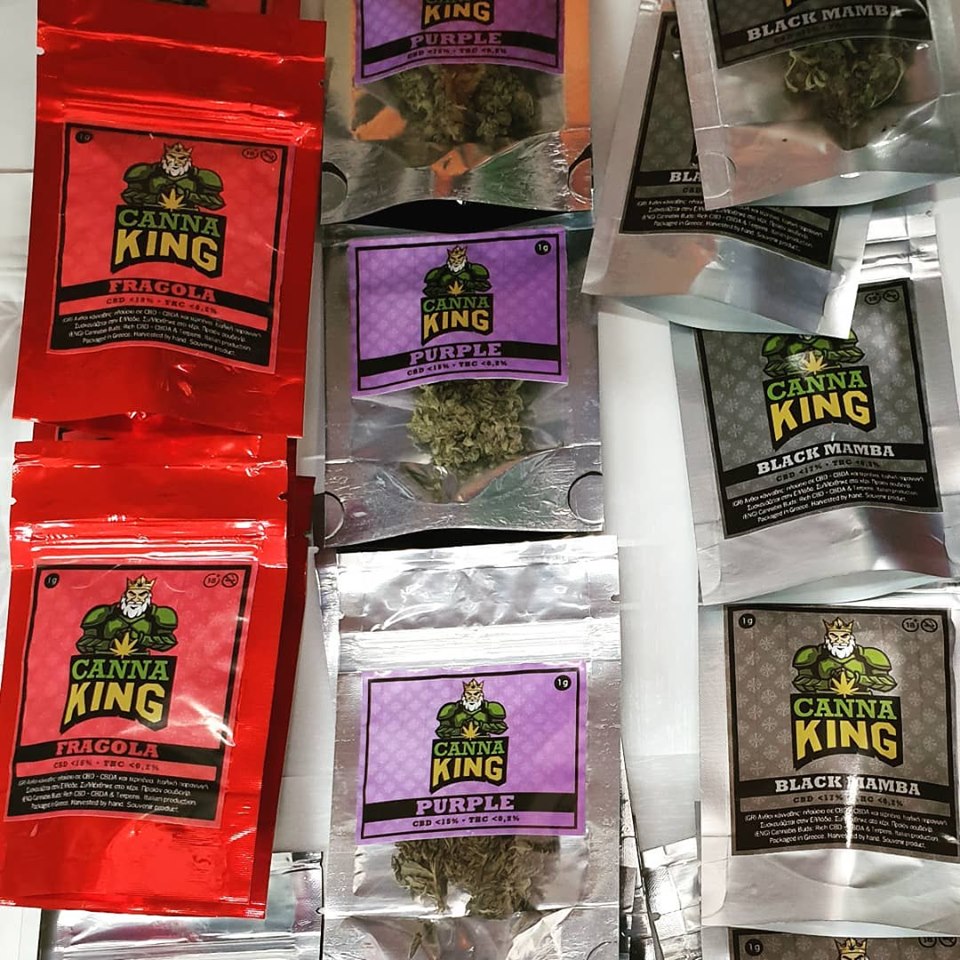

Vitamin and mineral tablets, and as a component of protectiveĬastor oil is a highly emollient carrier oil that penetrates the skin easily, leaving it soft and supple. its concentration is not to exceed 500 ppm. UsesĬastor Oil is a release and antisticking agent used in hard candy pro-ĭuction.

DCO is also used in the manufacturing of lithographic inks, linoleum, putty and phenolic resins.ĭCO is used with phenolics to obtain fast drying coatings with maximum alkali resistance as required in sanitary can lining, corrosion resistant coatings, traffic paints, varnishes, ink vehicles, wire enamels, aluminium paint appliance finishes and marine finishes.ĭCO is also used to obtain fast kettling rate which gives lighter colour and lower acid varnishes. In “cooked” varnishes it is combined with all the basic resins, rosins, rosin-esters, hydrocarbons and phenolics to produce clear varnishes and vehicles for pigmented coatings. Paints with DCO are super white and offer superior finish.ĭehydrated castor oil is used as a primary binder for house paints, enamels, caulks, sealants and inks. DCO is a very suitable and even better substitute for Linseed oil. Usesĭehydrated castor oil is an unique drying oil, which imparts good flexibility, fine gloss, toughness, adhesion, chemical and water resistance to the dry paint film with non-yellowing properties. The hydrogenated version is particularly used as a nonionic emulsifier for essential oils and perfumes. It is similar to Peg-30 castor oil but denser, being a soft paste rather than a liquid. The -40 castor oil version is a powerful solubilizer for solubilizing essential oils and perfumes in oil-in-water creams and lotions. PEG-30 castor oil, -30 castor oil (hydrogenated), -40 castor oil, -40 castor oil (hydrogenated) are emollients, detergents, emulsifiers, and oil-in-water solubilizers recommended for fragrance oils, and for other oils that may be difficult to solubilize.

OccurrenceĬastor is a perennial found in India and Africa. It is soluble in alcohol,Īnd is miscible with absolute alcohol, glacial acetic acid, chloroform and ether. The oil is a pale-yellowish or almost colorless, transparent viscid liquid. Viscosity Gardner scale G – I G – I G – I Dehydrated castor oil is a yellow oily liquid with characteristic odour.Ĭommercial grade pale grade special grade Dehydration is carried out by heating the oil in the presence of catalysts such as sulphuric acid, phosphoric acid, clays and metal oxides. Therefore it has drying properties similar to those of Tung oil. Chemical Propertiesĭehydrated castor oil is a castor oil from which approximately 5% of the chemically combined water has been removed. It has a slight odor and a taste that is initially bland butĪfterwards slightly acrid. Chemical PropertiesĬastor oil is a clear, almost colorless or pale yellow-colored viscous It has a faint, mild odor and a blandĬharacteristic taste. Pale yellow viscous liquid Chemical PropertiesĬastor oil is obtained by cold expression of kernels, which contain 45 to 50% oil. The oils and cakes are obtained by cold expression or are steam treated to denature the toxin.

Castor beans have been cultivated from the earliest times for the oil of the seeds, the only part used. The plant thrives in rich, well-drained, sandy or clay loam it is grown in India and Large caruncle the endosperm is fleshy and oily. The leaves are large, alternate, peltate, palmately 5- to 12-lobed the petiolate has conspicuous glands. Pesticides Freedom of Information Act (FOIA)Ĭastor tree is a common annual ornamental whose native habitat is in the West Indies. Substances Added to Food (formerly EAFUS) Incompatible with strong oxidizing agents. Insoluble in mineral oil unless mixed with another vegetableĬlear almost colorless or slightly yellow Petroleum ether practically insoluble in water practically Miscible with chloroform, diethyl ether, ethanol, glacialĪcetic acid, and methanol freely soluble in ethanol (95%) and


 0 kommentar(er)
0 kommentar(er)
